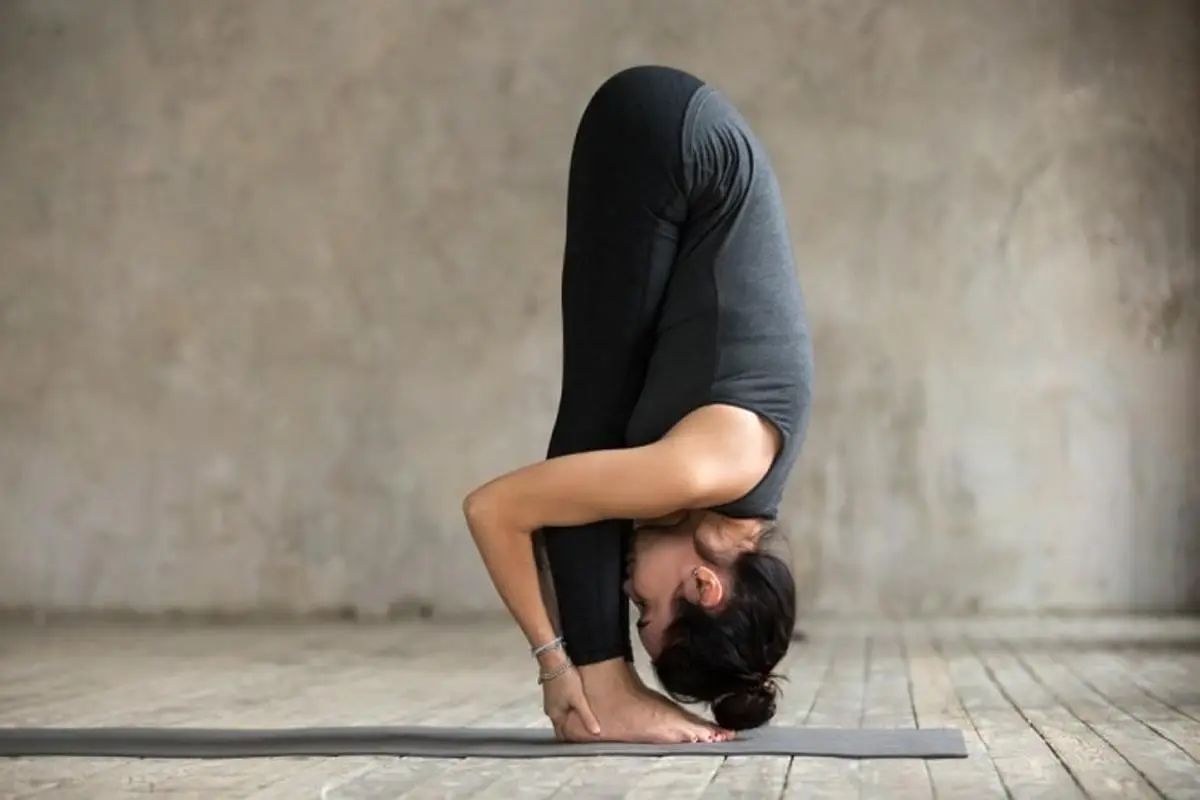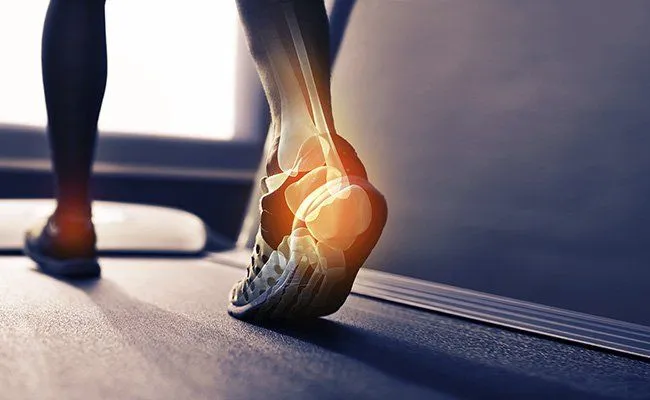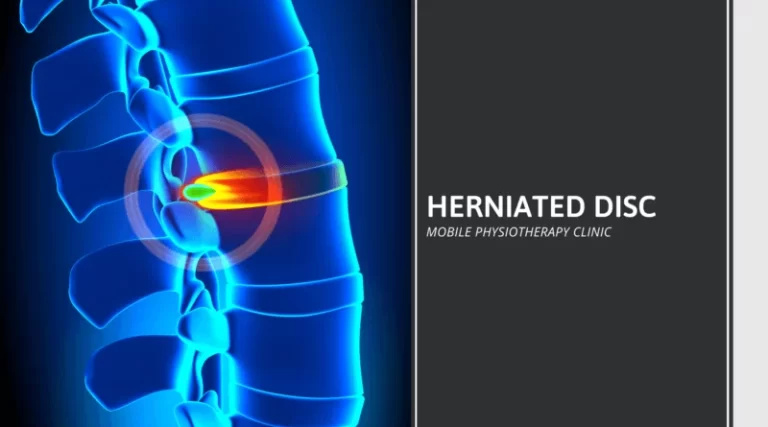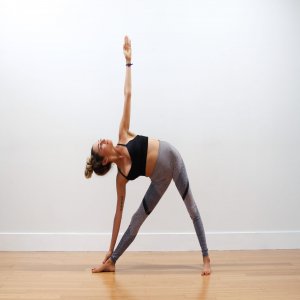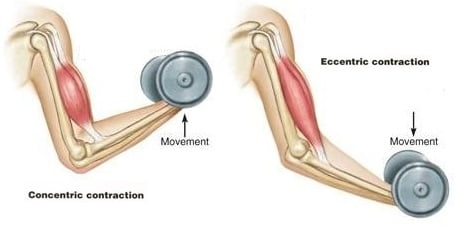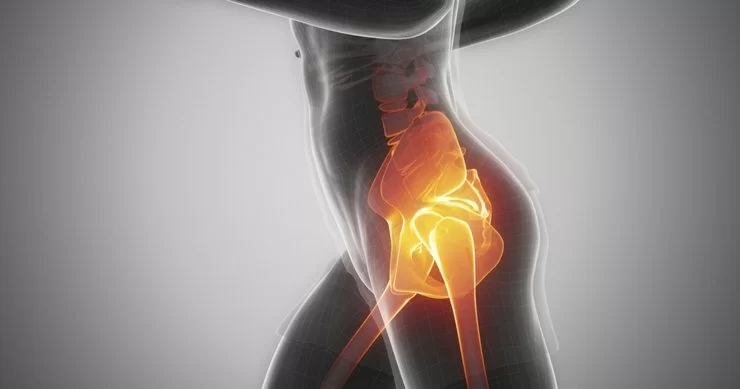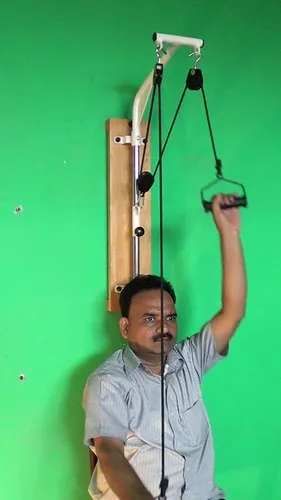Uttanasana (Standing Forward Bend)
What is Uttanasana (Standing Forward Bend)?
Uttanasana, also known as Standing Forward Bend, is a popular yoga pose that is often included in many yoga sequences. It is an excellent pose for stretching the entire backside of the body, including the hamstrings, calves, and spine. Uttanasana also promotes relaxation, improves blood circulation, and calms the mind.
Uttanasana is a standing forward bend, which is regarded as very useful for reducing tension and soothing the nervous system. It forms a region of the Surya Namaskar series.
Its term arrives from the Sanskrit Utton, which means “intense stretch” and asana, which means “posture.”
The Western word for Uttanasana is standing forward bend
How to do Uttanasana (Step by step)?
- To begin with, in Tadasana or Mountain pose.
- Inhale as you lift your arms.
- Next, as you exhale, engage your thighs, pull the abdomen in and up in-depth from the pelvic floor, and bend forward, hanging from the hips.
- Place your fingertips on the ground floor, on the facade of your feet, or next to your feet, or grab onto the back of your ankles.
- Keep your hips over your heels as you press your heels into the ground floor.
- Move the top of your inner thighs slightly in.
- Permit your head to hang, maintaining the neck comfortable.
- Lastly, lengthen your spine as you inhale.
- Soften more in-depth into the posture as you exhale.
Uttanasana Pose Video
Benefits of Uttanasana
- It helps the hip flexors, front of the thighs, and abdominal muscles.
- Relieving tight hamstrings.
- Prolonging the back of the hips, hamstrings, and calves.
- Strengthening the back of the hips, knees, and calf muscles.
- Lengthening the spinal nerves.
- Relieving anxiety along the back of the spine and neck.
- Strengthening the back of the knees, especially if the knees are active.
- Reducing spinal and hip tightness.
- It relieves the kidneys, liver, and spleen, mainly if you concentrate on the midsection.
- It may support drawing in your stomach (at least during the exhales, though you could attempt to maintain this while inhaling and exhaling).
- Reducing stress, anxiety, depression, and fatigue.
- Calming the brain and soothing a nervous disposition due to the head being lower than the torso.
- Improving digestion.
- Relieving symptoms of menopause, asthma, headaches, and insomnia.
Modifications
Keep your hands on blocks to help relax the upper body and give the hamstrings a more gentle stretch.
Variations
There are numerous deviations in the arrangement of the hands. Maintain on to the backs of the ankles. Excavate the fingers under the feet until the toes reach the wrists. Cross the arms after the legs and grab onto the front of the ankles with opposite hands. Hold the elbows after the legs.
Contraindications of Standing Forward Bend
- Glaucoma
- Recent surgeries
- Osteoporosis or scoliosis
- High or low blood pressure
- degenerative spinal pathologies
- Lower back injuries, neck injuries, including disc and herniation
Conclusion
Attempt Uttanasana to deliver your body an in-depth sense of relaxation and expanse. Delivering all the health benefits it creates the practitioner self-aware.
The body undergoes various experiences each duration it is practiced. This creates Uttanasna a must-to-do yoga pose for newbies as well as evolved yogis.
FAQ
1. What is the history of Uttanasana?
It is first discovered and established in Mysore, India, in the nineteen century in a Hindu textbook titled Shri Tattva Nidhi, but isn’t noted in the definitive textbooks of yoga. It is connected to the pose of Padahastasana with the difference usually noticed in the hand positioning.
2. Why is Uttanasana important?
Uttanasana yoga is also guided by the Standing forward turns posture. The Uttanasana pose folds the body forward, giving the back an intense stretch. It may support to lengthen the spine and relieve tight hamstrings and relieve digestive ailments such as constipation enhancing the digestive process.
3. What are the benefits of Uttanasana for kids?
Strengthens the Body
This yoga posture supports and strengthens the knees and the spine. It even supports muscles situated in the legs like the calves and hamstrings.
4. What muscles are used in Uttanasana?
Uttanasana offers many great benefits.
It stretches the hamstrings and calf muscles, opens the hips and groins, and stimulates the digestive system while enhancing the functioning of the internal organs, liver, and kidneys.
5. What are the modifications of Uttanasana?
Setting the upper back towards the wall and utilizing the hand around the ankles to bring a grasp should do the trick. If setting the feet together is problematic to balance, then bringing a block and placing it among the insides of the lower thighs will support gaining confidence.

